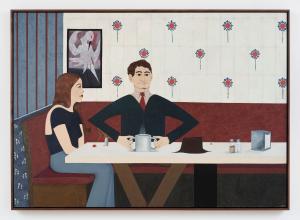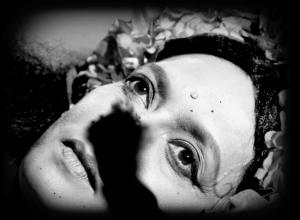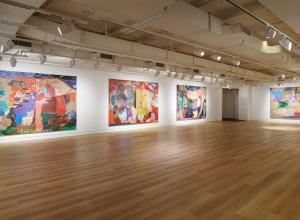Driving around the Johannesburg suburb of Fietas, David Goldblatt (1930–2018) tours the region that became a recurring subject in his photography. Goldblatt began photographing Fietas in 1976, witnessing its evolution from a thriving and diverse community to its erasure by apartheid—leveling the vernacular architecture and forcibly removing its residents. Officially called Pageview, the area had a large Indian population and was a popular shopping destination for people of all ethnicities. A crumbling concrete structure—once the home of Ozzie Docrat, an Indian merchant and hometown hero—embodies Goldblatt’s time in Fietas, representing a failed attempt of government demolition that now stands as "monument to apartheid."
"Fietas had the elements that were essential for good cities: density, diversity, and complexity," explains Salma Patel, founder and curator of Fietas Museum. "It was a community of blended cultures." A Fietas native, Patel recalls seeing Goldblatt navigate the town's bustling corridors by bicycle. Housed in one of the few original structures that remain, Fietas Museum regularly displays Goldblatt’s photography of the district, paired with images by Paul Weinberg, another noted South African photographer. The collection serves as a pictorial record of Fietas and carries the legacy of David Goldblatt, who passed away just months after the footage featured here was filmed.
David Goldblatt was born in Randfontein, South Africa, in 1930. Since the early 1960s up until his passing in 2018, Goldblatt photographed the people, landscapes, and architectural structures of South Africa, using photography as a means of social criticism. Chronicling South Africa during apartheid, Goldblatt’s powerful monochrome photographs reveal the stark contrast between the lives of Blacks and Whites as well as the ways that public structures have manifested the citizens’ self-image.























